Bell UH-1 Huey — All American Helicopter
April 27th, 2024
7 minute read
The Bell UH-1 Iroquois, better known as the Huey, is one of the most recognizable helicopters in the world. In many ways, the helo is synonymous with the U.S. involvement in the Vietnam War. From troop transport to medical evacuation to air assault, these airborne utility helicopters proved invaluable to America and her allies. In this article, former Army aviator Dr. Will Dabbs tells the story of these ubiquitous helicopters.
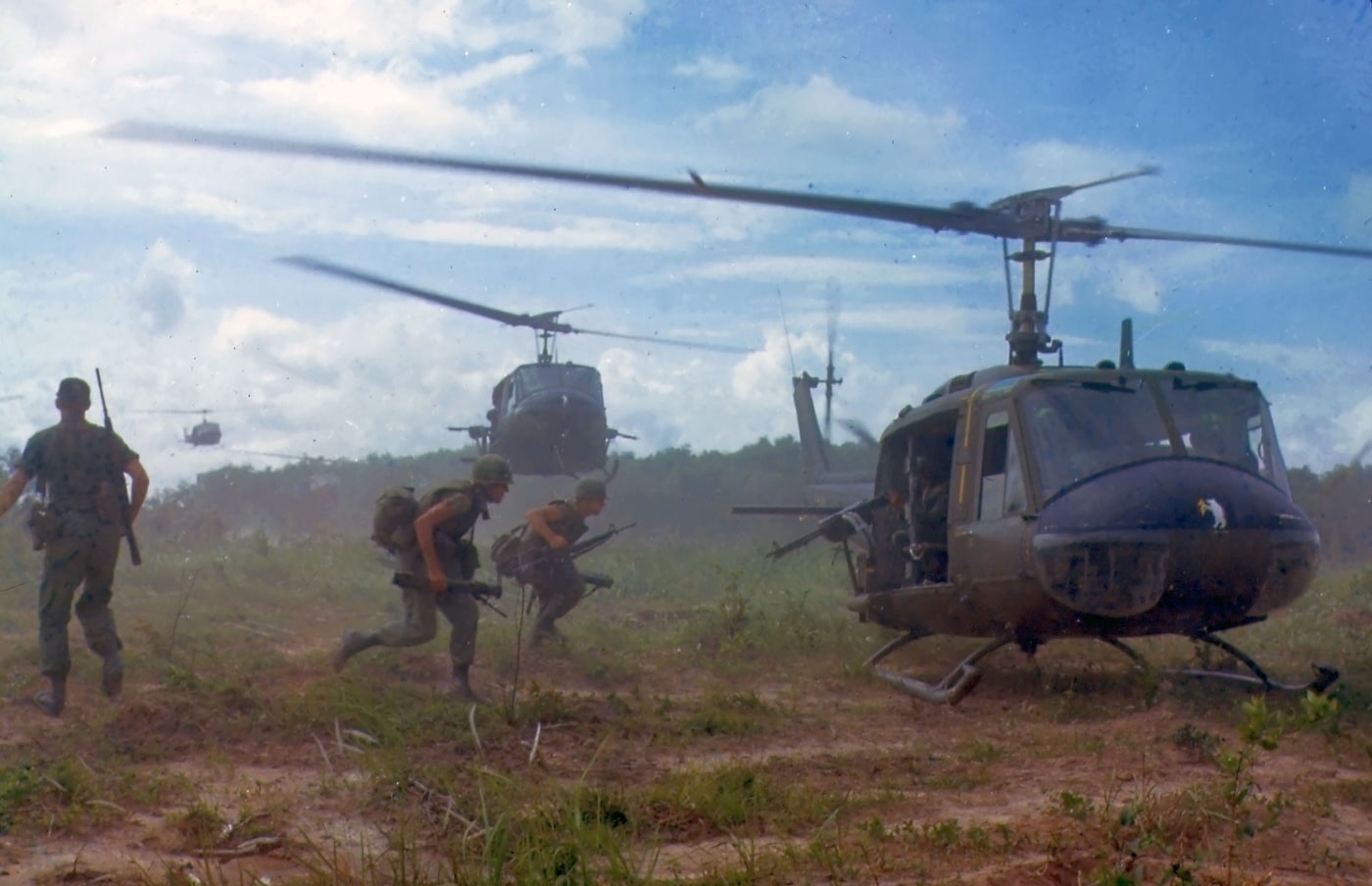
I have a friend named Tom who flew Hueys in Vietnam. Like most of the older aviators with whom I flew, this guy mastered his craft in Southeast Asia. In addition to being an invaluable source of combat experience, these veterans also had some epic stories.
Flying Naked in the Vietnam War
Tom was assigned to a lift unit fairly deep in Indian country. No place in Vietnam was truly safe, but this particular hellhole was subjected to regular mortar and rocket attacks. On this particular day, Tom was taking a shower.
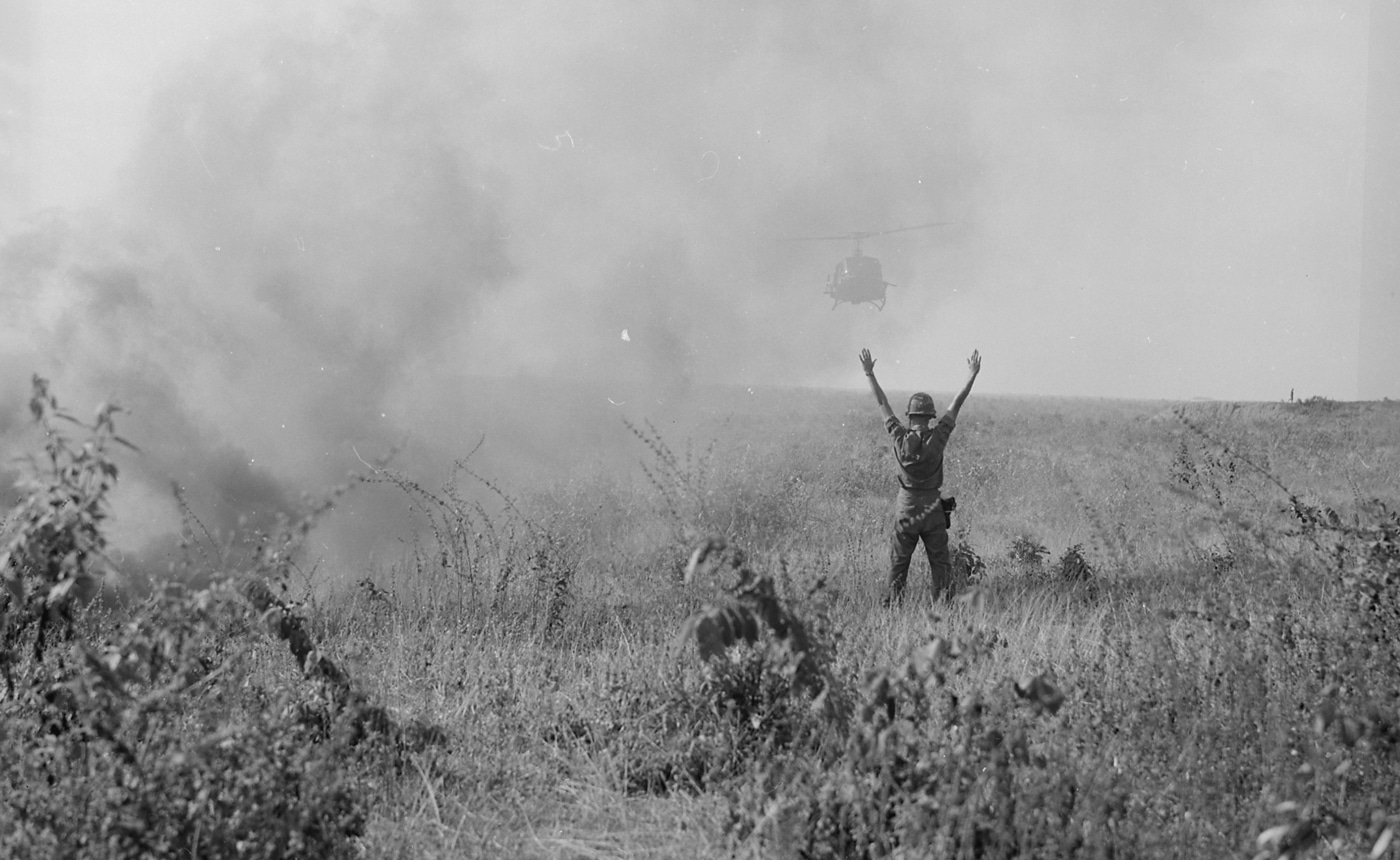
Shower facilities were typically nothing more than a tent with a wooden floor made from ammo crates and some kind of gravity-fed water system that sprinkled cold water on you long enough to remove a little soap.
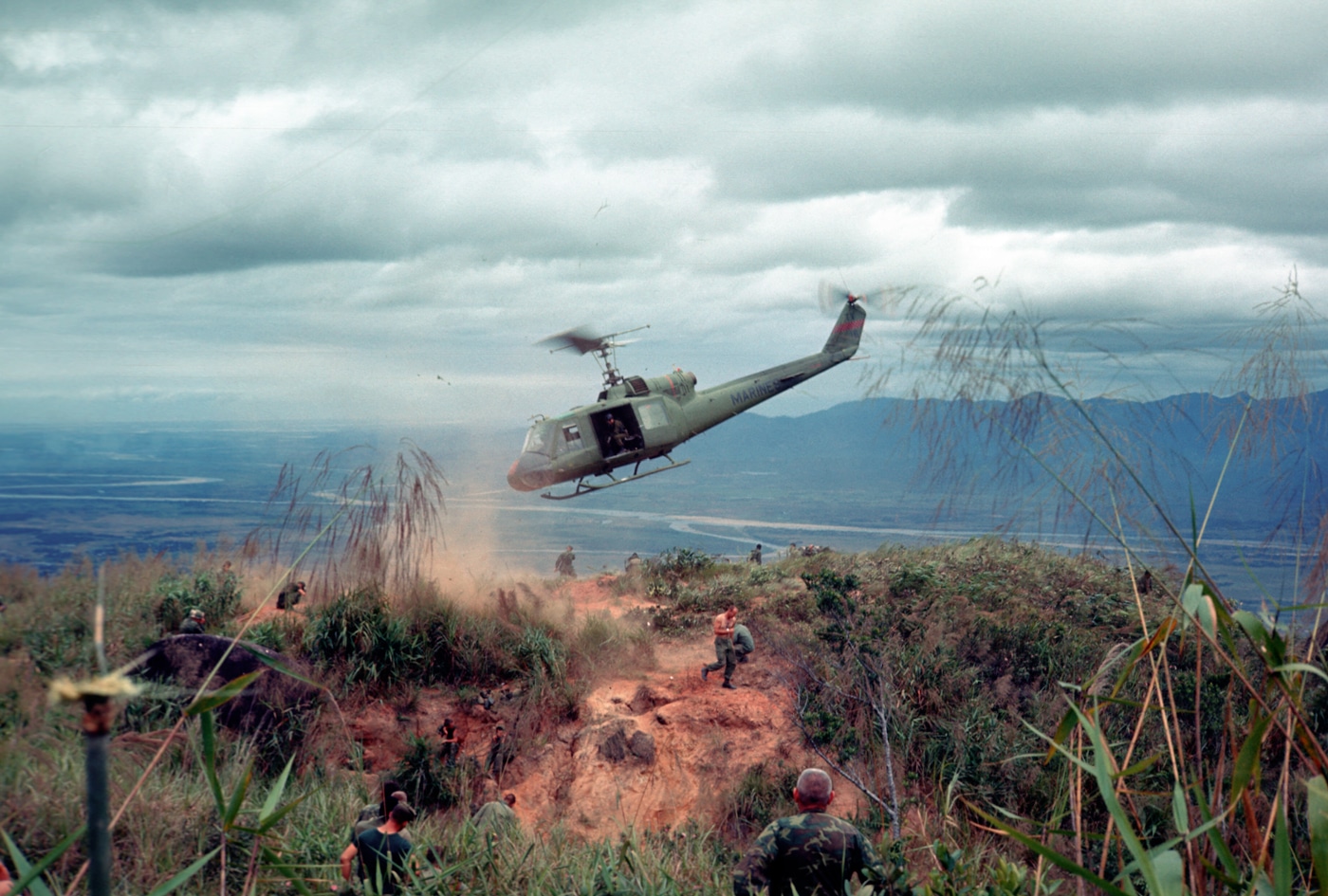
Tom was vigorously engaged in his ablutions when Charlie decided to drop a few mortar rounds on his little corner of heaven. SOP under those circumstances was to jump into the first aircraft you came to and fly it off someplace safe while the grunts and Redlegs attended to the mortar threat. Tom tore out of the shower tent and did just that.
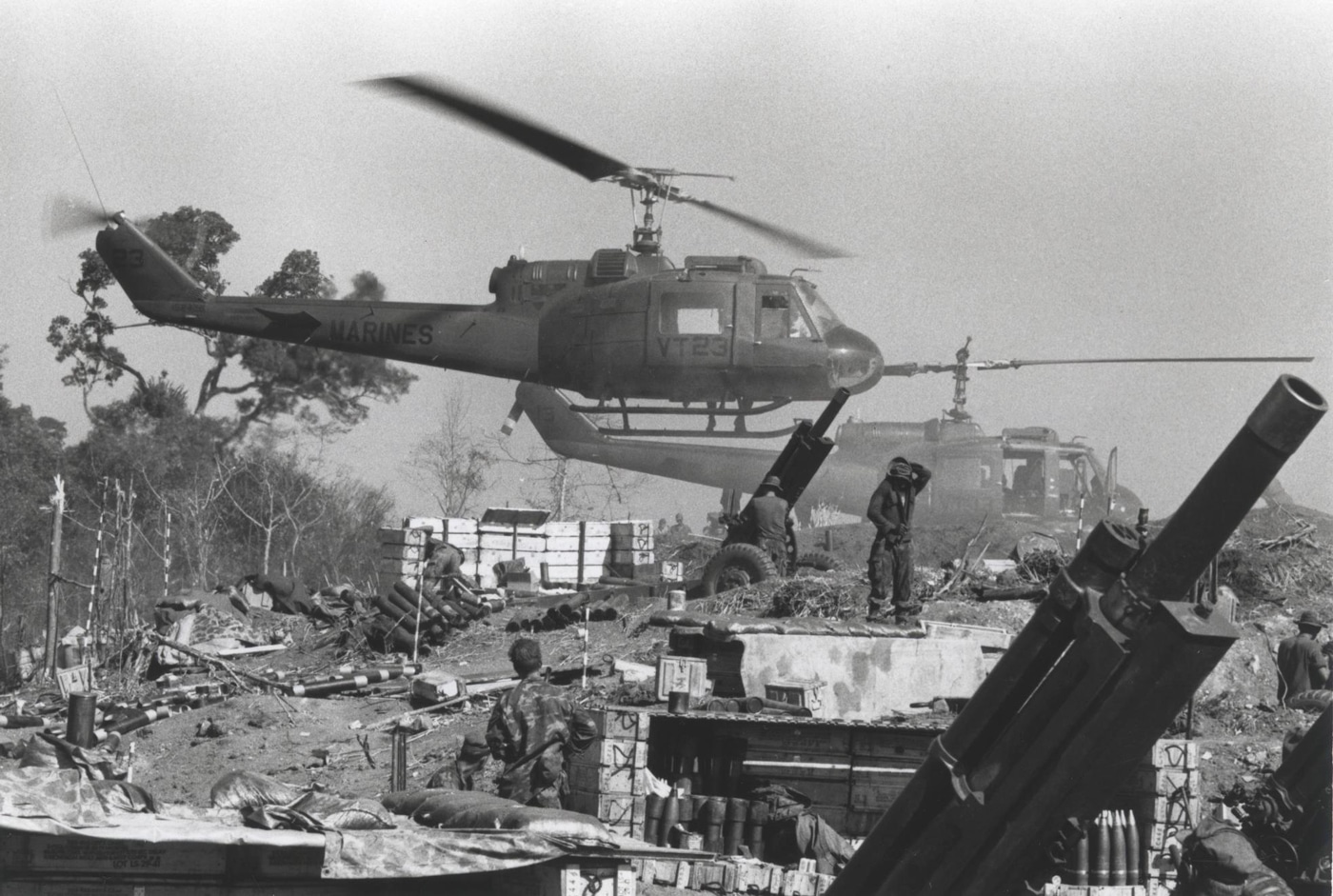
Tom landed soon thereafter at a nearby firebase adorned solely in a pair of shower shoes and a flight helmet. Somebody was kind enough to gift him some clothes for the subsequent trip back home. My buddy proved once and for all that it was indeed possible to fly an Army helicopter naked. I don’t know what first drew me to military service, but it certainly wasn’t the five-star accommodations.
UH-1H Huey Helicopter
The aircraft that my streaker buddy Tom was flying that fateful day in Vietnam was the UH-1H Iroquois. Army helicopters, with a single isolated exception (the AH-1 Cobra gunship), are named after American Indian tribes. However, everybody everywhere refers to the UH-1 as the Huey.
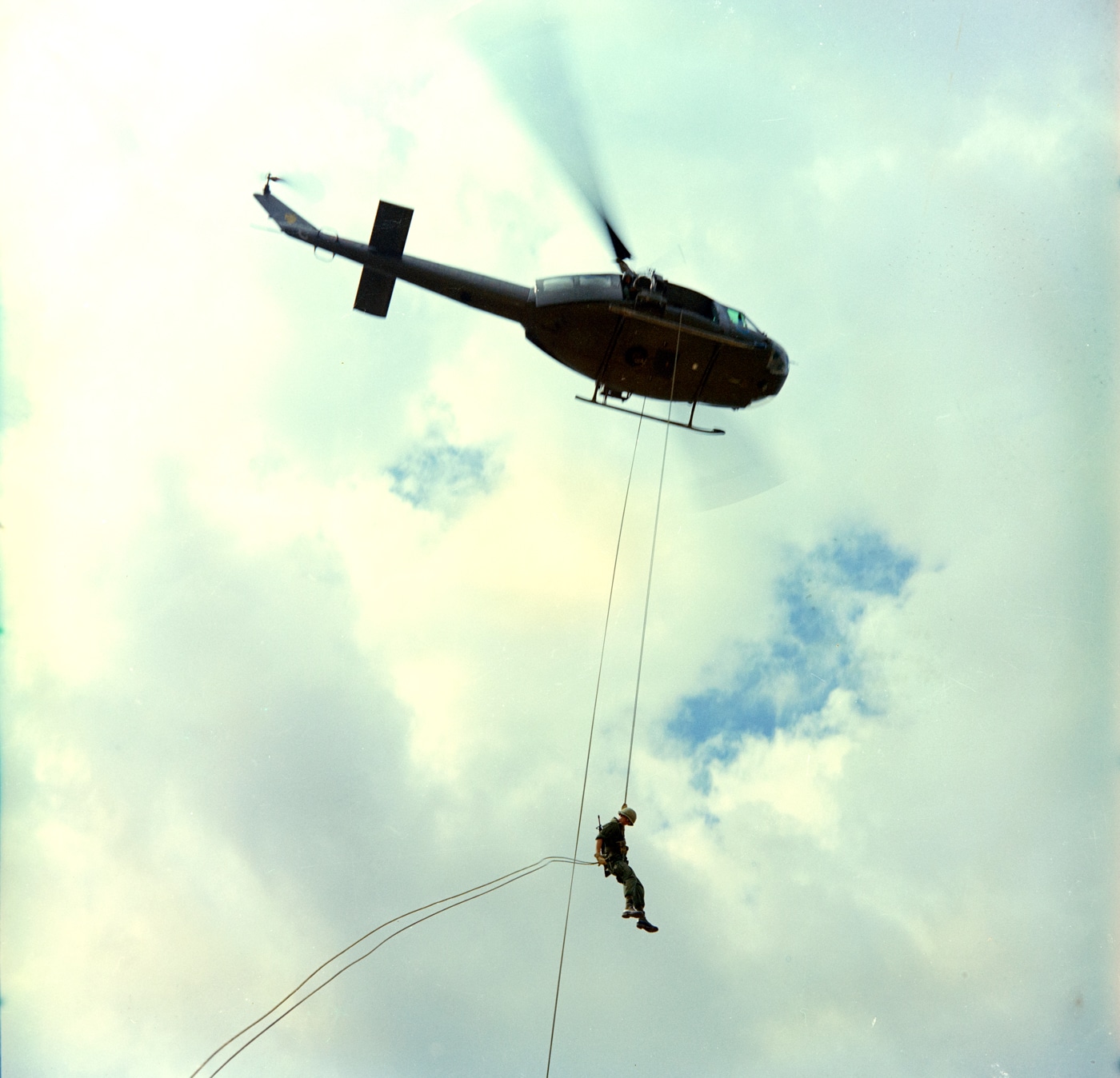
The original service designation was actually HU-1. That’s where the “Huey” came from. The first Hueys to see combat service were Dustoff medevac birds serving with the 57th Medical Detachment in Vietnam in 1962.
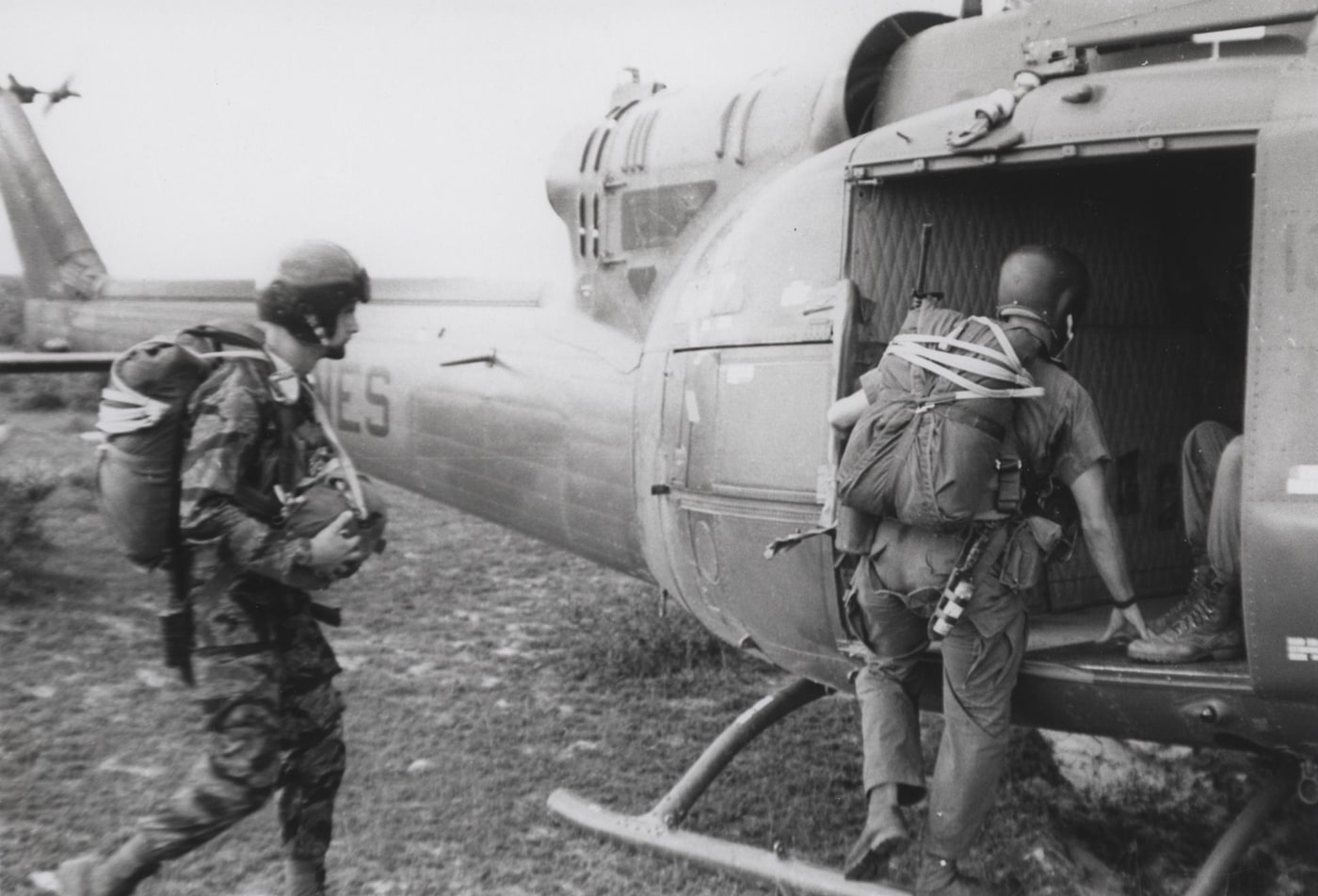
More-so than any other single weapon system, the Huey came to exemplify the war in Vietnam. The unique sound that it made and the iconic visual image it struck combined to create something visceral in the souls of those who flew, serviced and rode in them. Everybody who ever wiggled the sticks in a UH-1 loved the thing.
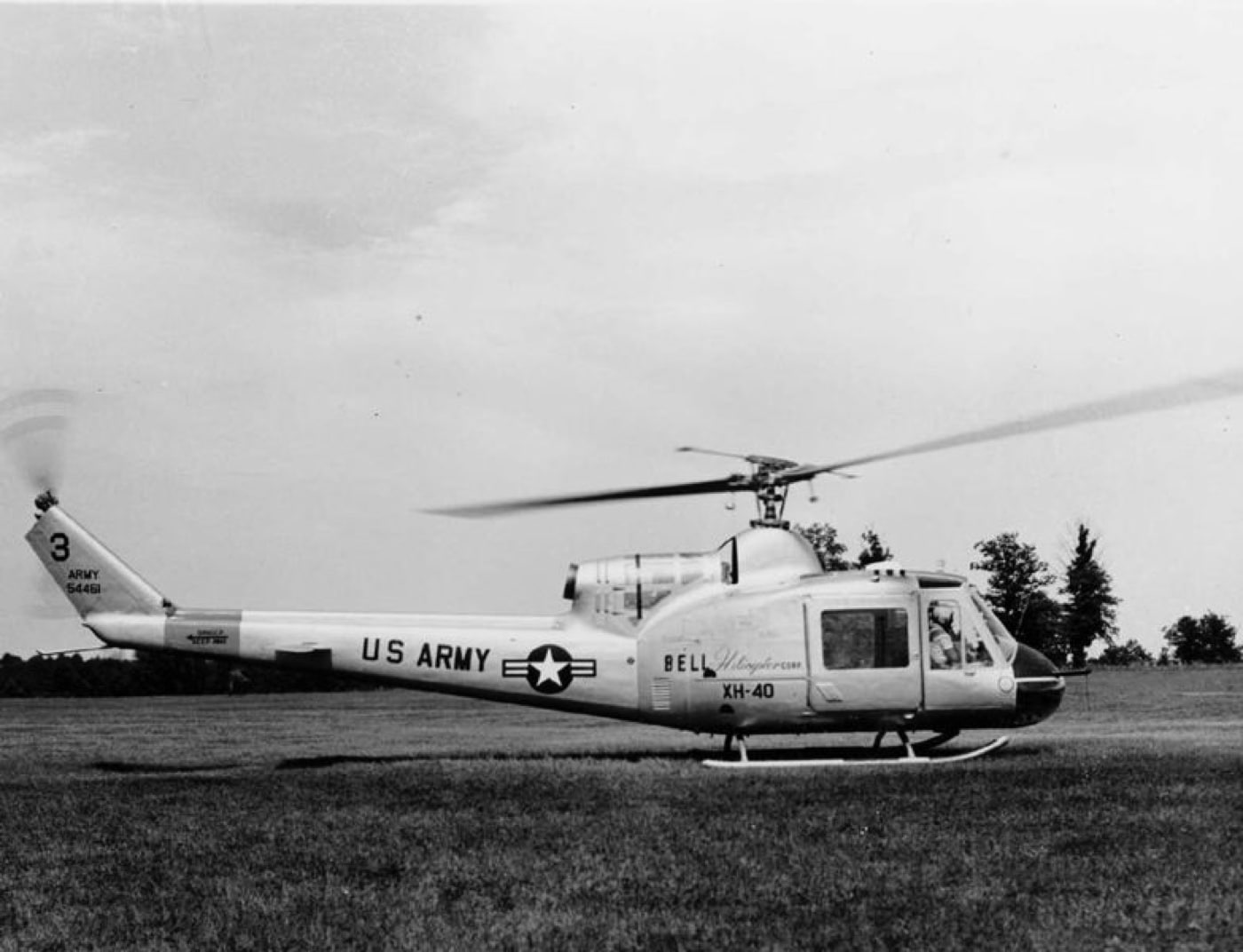
The prototype XH-40 that went on to become the iconic Huey first flew on 20 October 1956. The UH-1 represented the transition from piston-driven rotorcraft to those powered by turboshaft engines. The Lycoming YT53-L-1 powerplant of the XH-40 put out some 700 shaft horsepower. A more powerful engine, the Lycoming T53-L-13 that powered Tom’s bird, did exactly twice that.
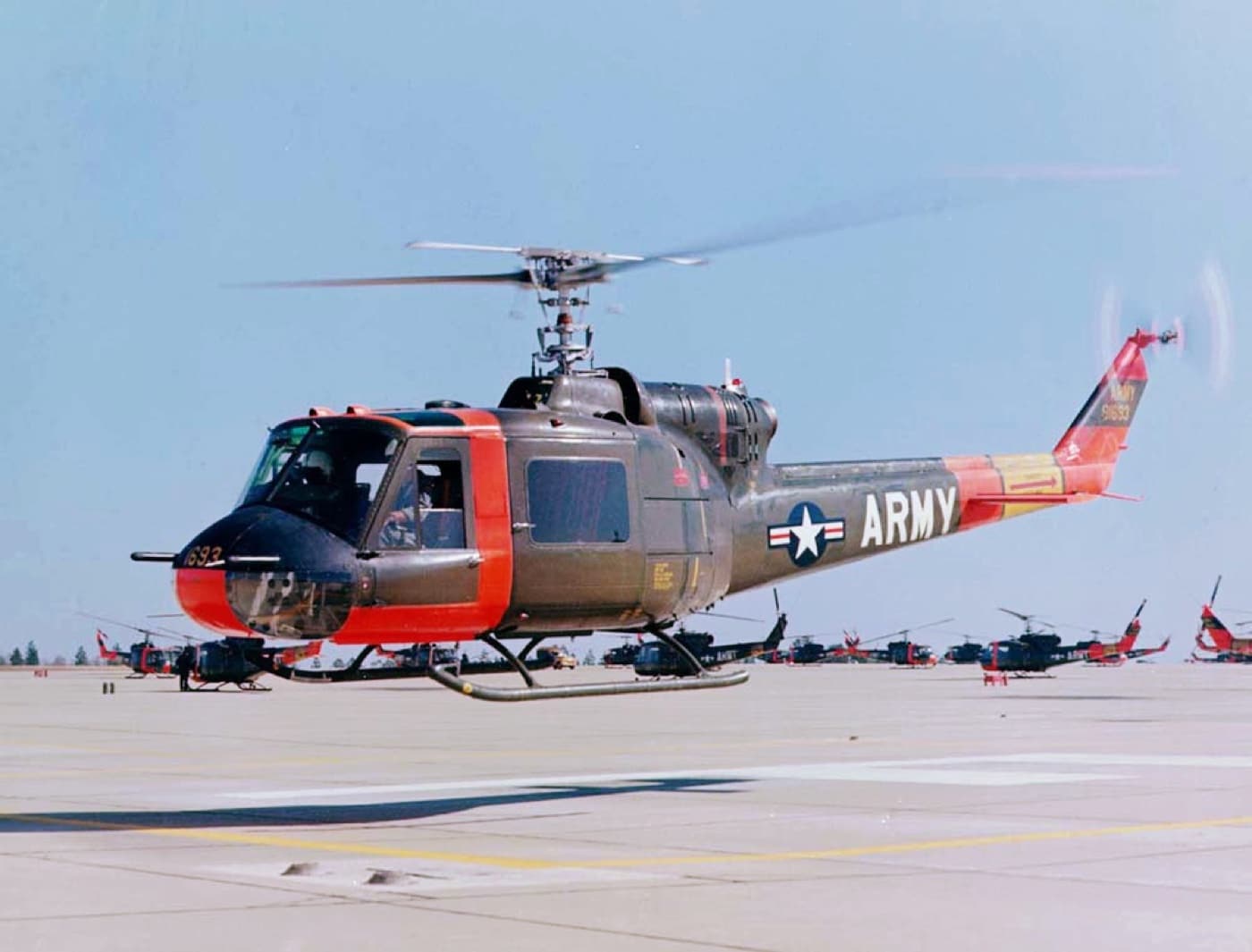
The A, B, and C-models sported a fairly short, stubby fuselage. The UH-1D model was a derivative of the Bell Model 205 and featured a longer fuselage design. The UH-1H combined the lengthened D-model architecture with the later 1,400-horsepower engine. It was the most common service variant.
More than 16,000 copies of all sorts were ultimately manufactured. UH-1N and UH-1Y twin-engined Hueys remain in service with the USAF and USMC today.
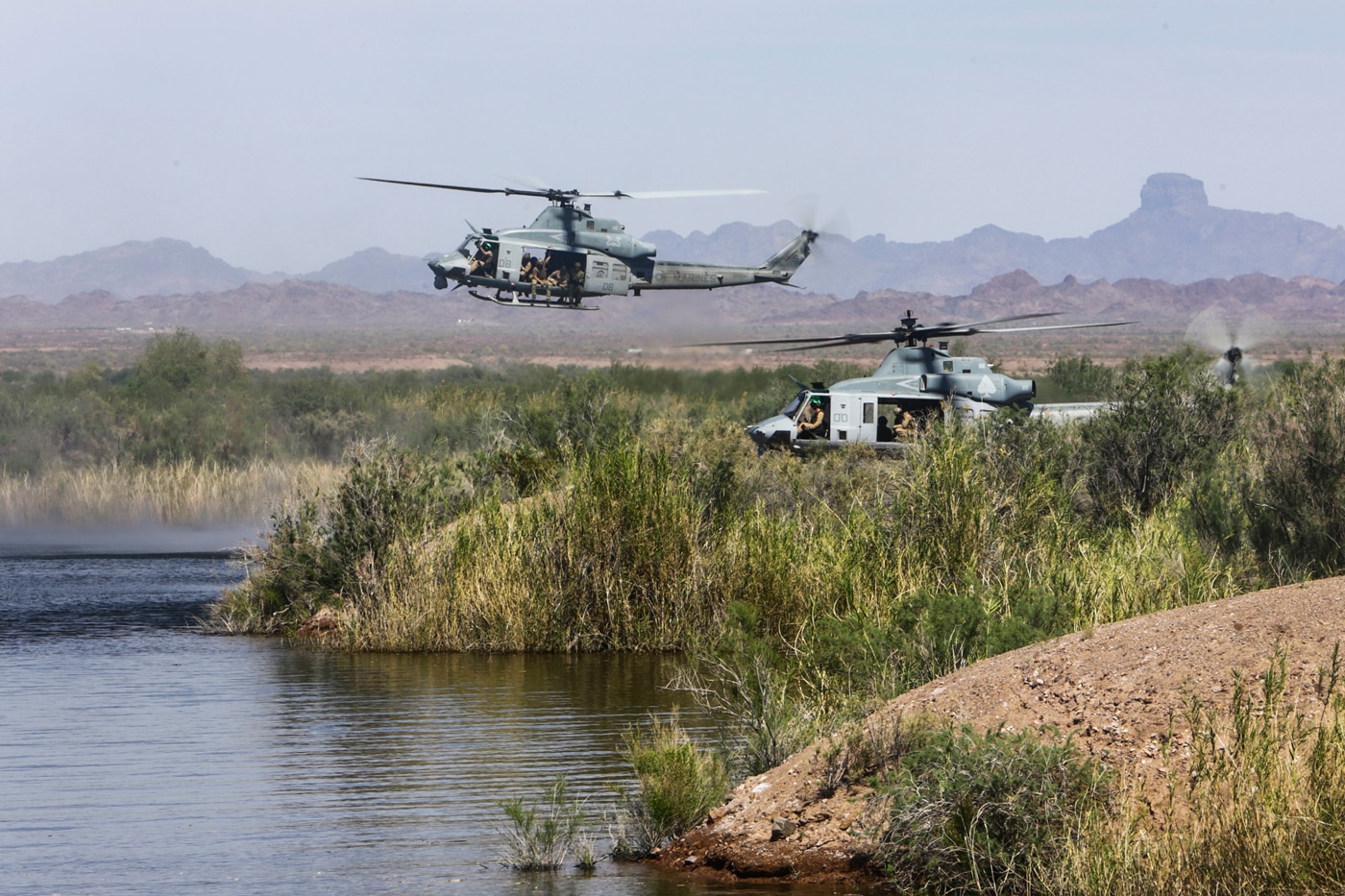
The UH-1H had a total dimensional footprint of 58 feet and a max gross weight of 9,500 pounds. Vne (velocity never-to-exceed) was 124 knots, or 143 miles per hour. The Huey typically flew operationally with two pilots and either one or two crewmembers. Cargo capacity was about 3,880 pounds. The most common defensive armament for the UH-1H was an M60 pintle-mounted machine gun mounted to each side of the aircraft. The men operating these machine guns were known as door gunners.
Flying the Huey
I attended the U.S. Army rotary-wing flight school in the sweet spot between the piston-driven TH-55 and the turbine-powered TH-67. Primary flight training in my day was undertaken in vintage UH-1H’s. The first time I broke ground in a helicopter was at the controls of a Huey.
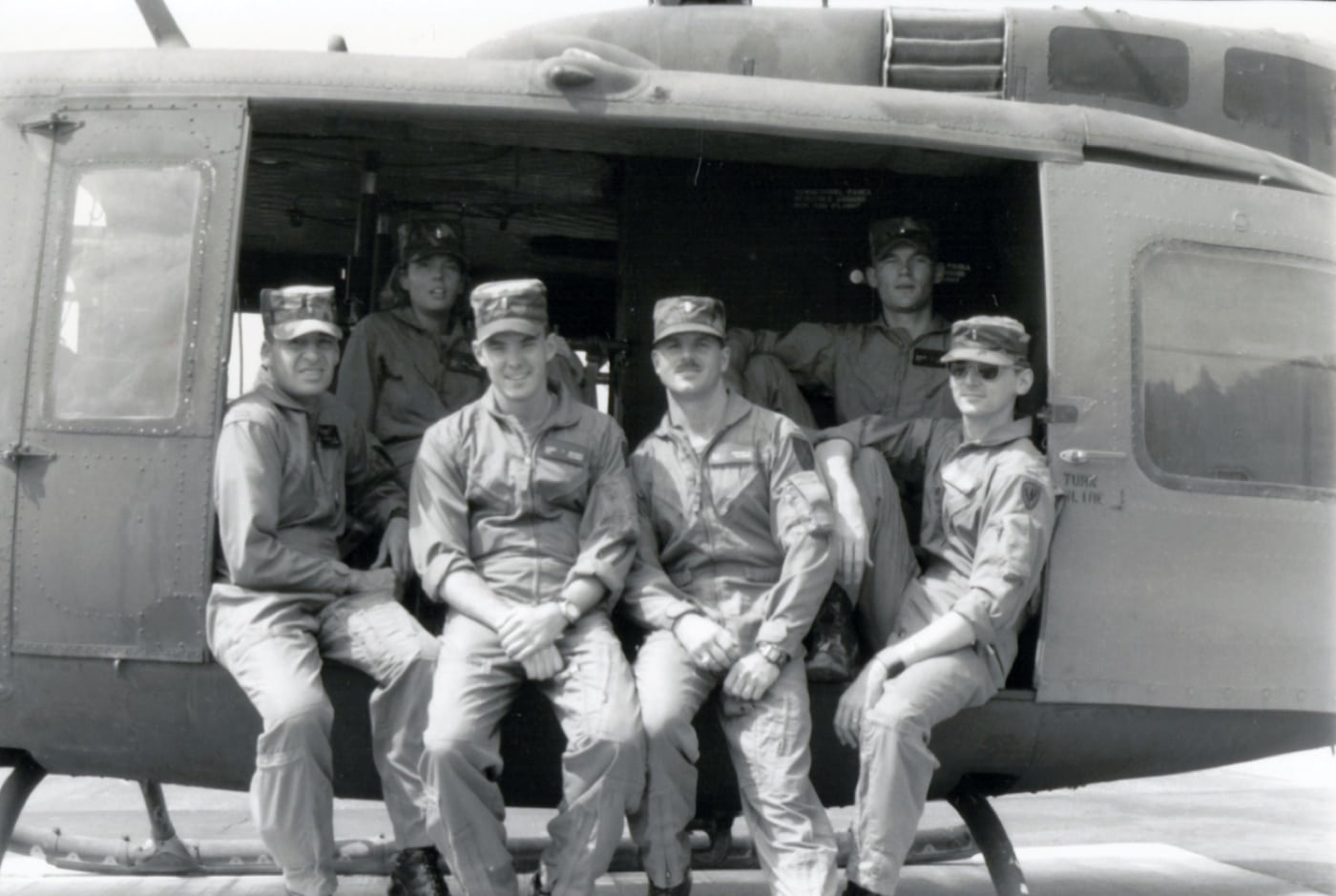
Reviewing the startup procedure gets my blood pumping even today some 33 years later. Here’s a brief video:
There’s really nothing in the world quite like that sound.
As the engine and rotors spool up, the aircraft runs through an interesting harmonic range. You can feel the airframe vibrate at different frequencies dependent upon how fast the main rotor is turning. Once the aircraft is up to speed it is smooth and responsive.
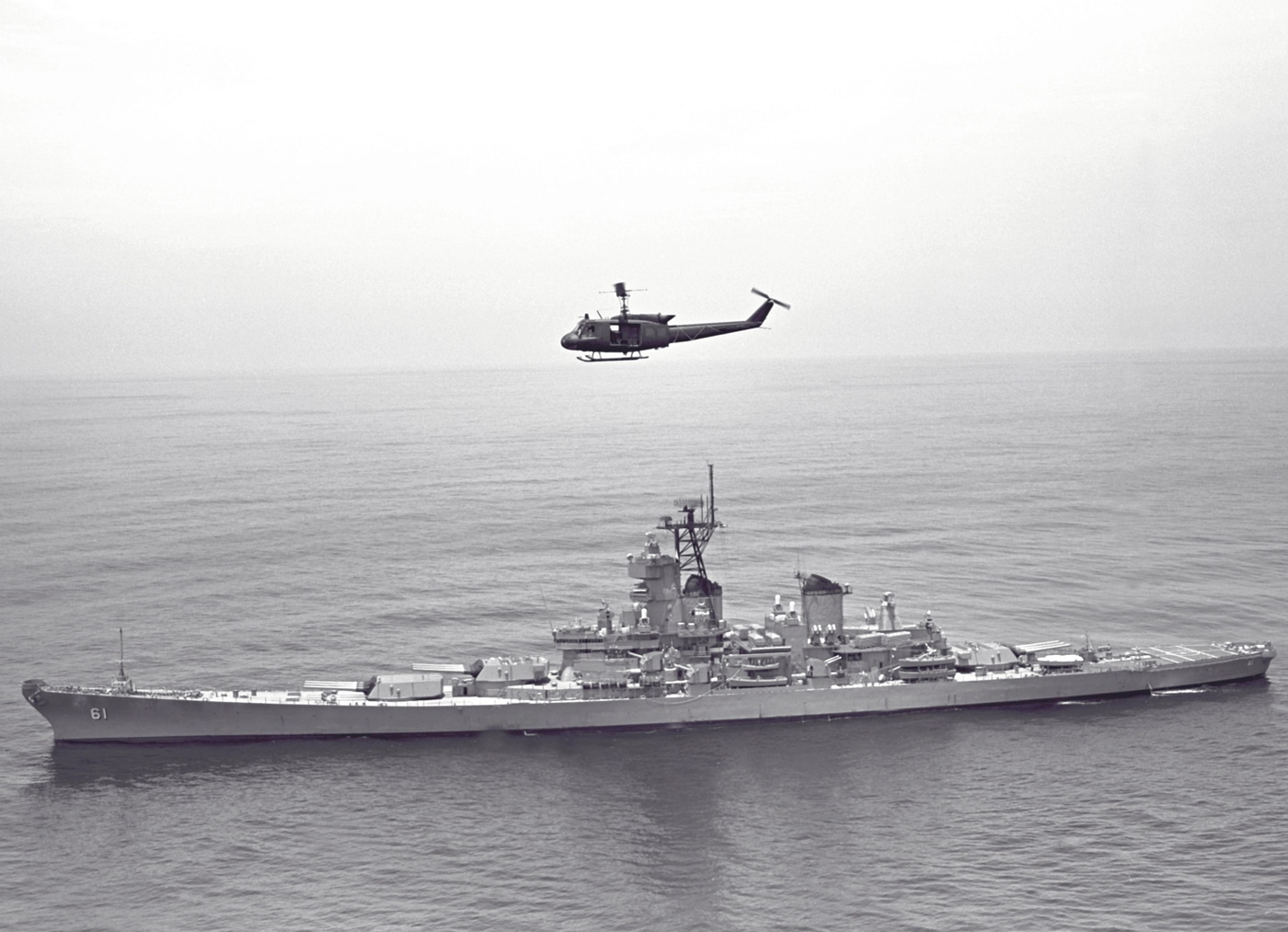
Though we did derisively refer to the UH-1H as the “Hueybago,” it was a sports car in the air. The Huey struck a nice balance between size and performance. In the hands of a competent pilot, a Huey will reliably induce airsickness in the uninitiated.
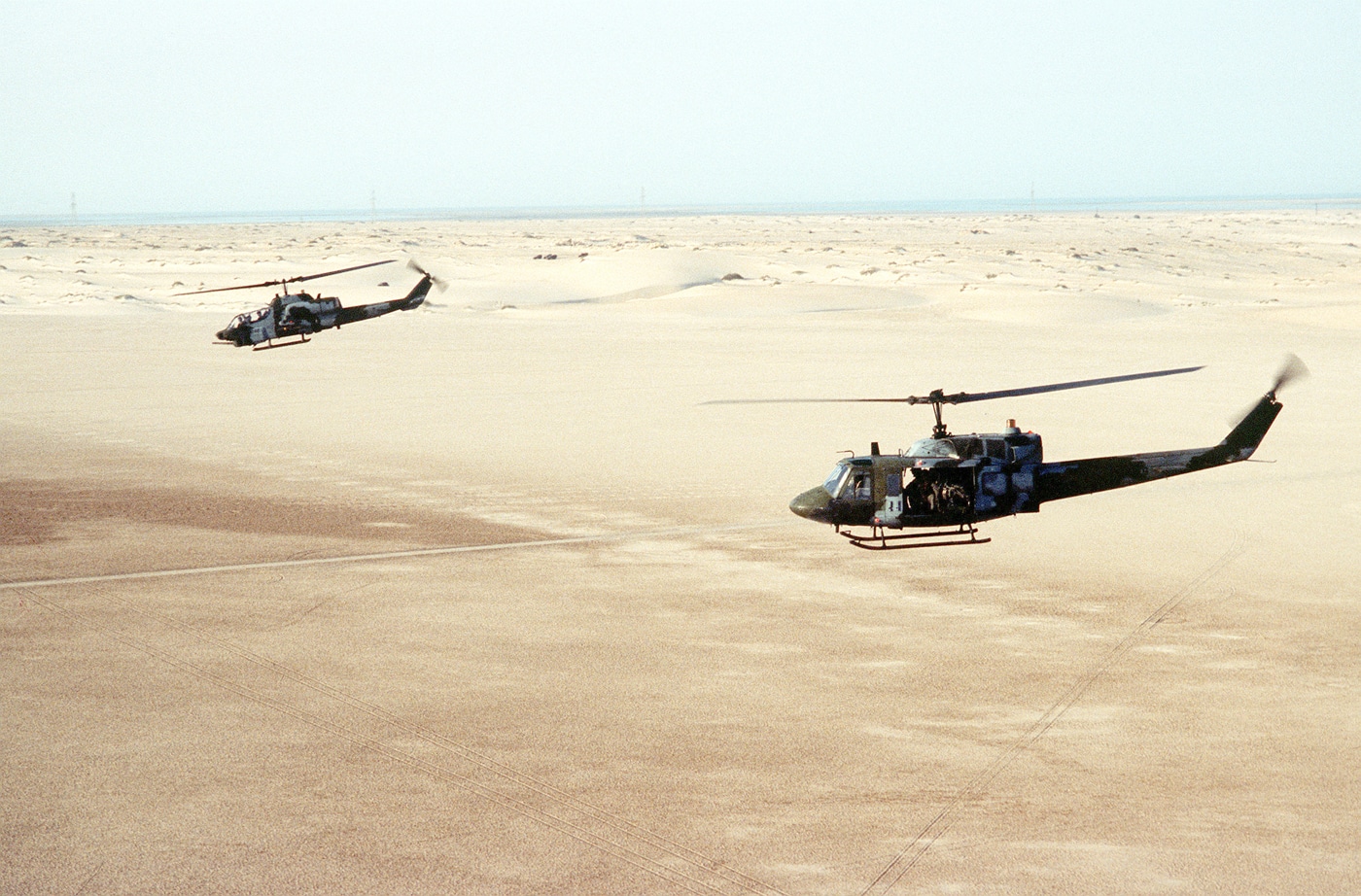
As you break ground and air taxi, the Huey feels like it is sliding on greased glass. Like most helicopters, control inputs, particularly at a hover, are extremely nuanced. You nudge rather than push. Over-controlling is a ubiquitous problem with fledgling helicopter drivers. Once you accelerate through ETL (Effective Translational Lift — essentially the point where a helicopter starts flying like an airplane) everything changes.
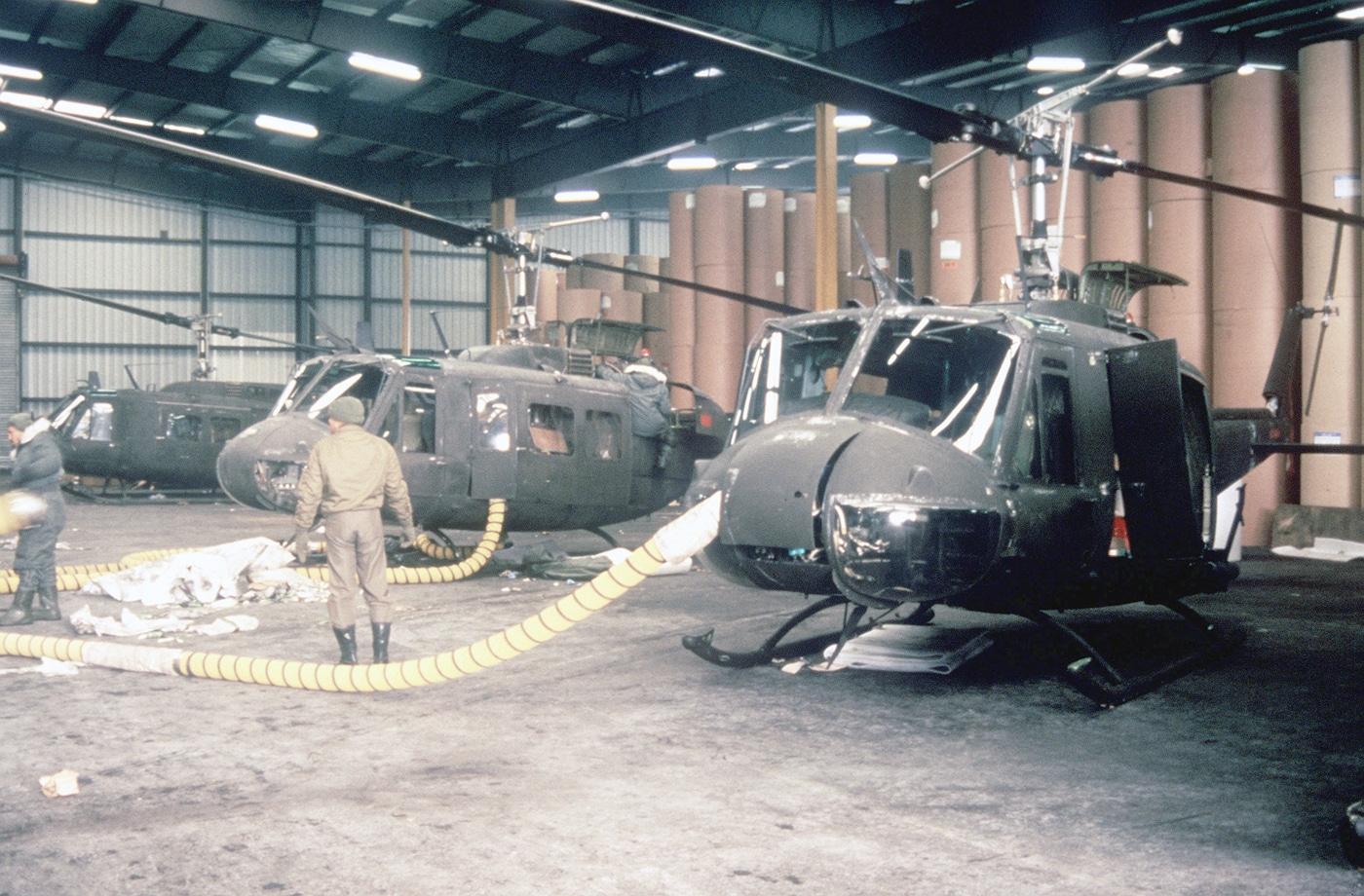
Maneuvering limits were +/- 30 degrees in pitch, 60 degrees in roll, and less than 0.5 positive G. However, a great deal of fun can be found inside of those numbers. Tearing along at 120 knots flying nap of the earth at the controls of a UH-1H is a rush like none other. The same experience while strapped into the gunner’s well is almost as cool. The world’s best roller coasters pale in comparison.
Ruminations on the UH-1 Iroquois
While flying a Huey tactically is an undeniable blast, the reason so many old Vietnam vets wax so nostalgic at the characteristic flop-flop-flop sound of those big rotors is because of what that sound represents. For American grunts deep in the suck running low on ammunition and knee deep in gore, the sound of incoming Hueys literally meant life.
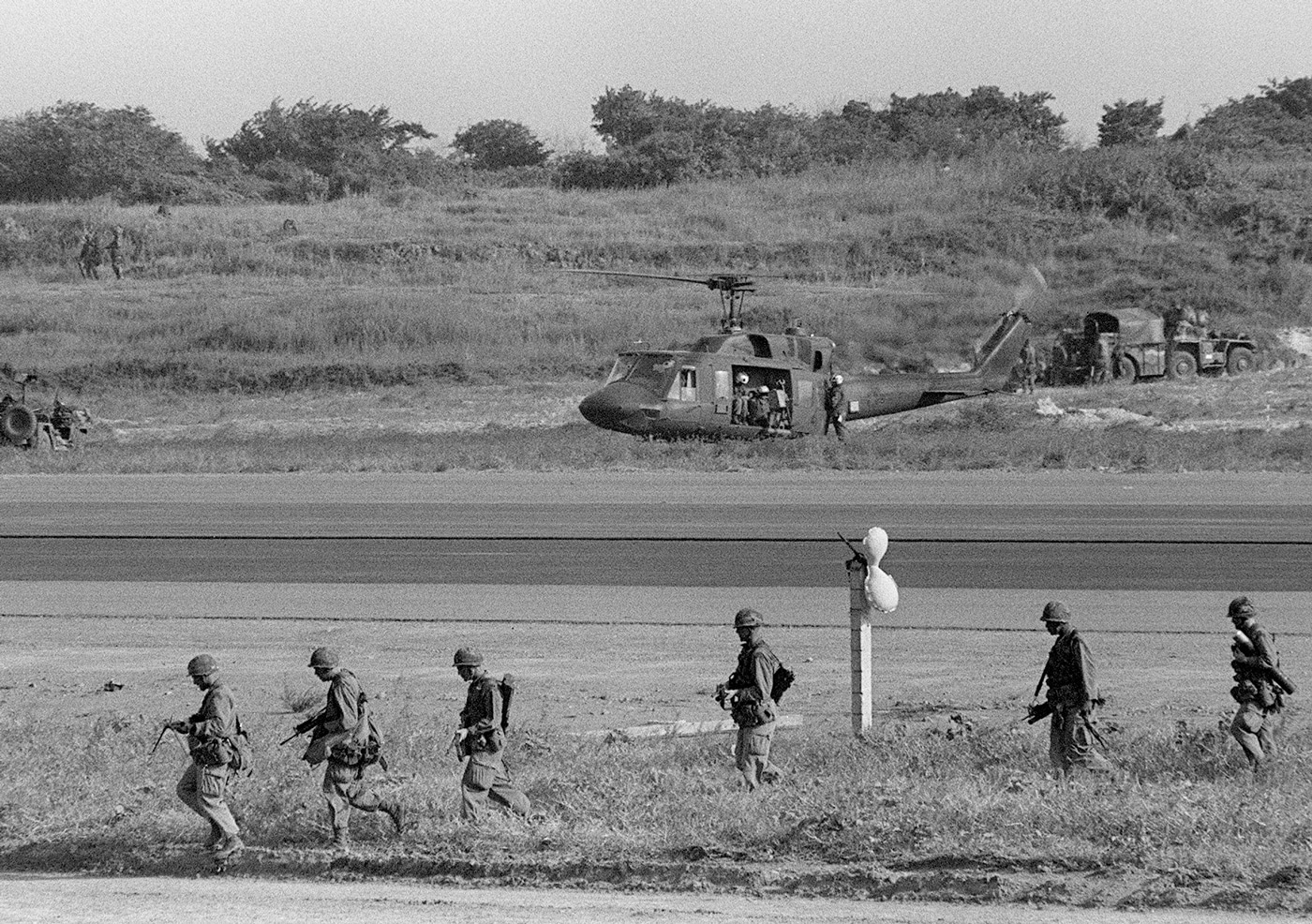
Whether these big green machines were bringing in ammo, taking out the wounded, or extracting them for a well-deserved ride back to someplace less horrible, the sights and sounds of the remarkable Bell helicopter are forever burned into the psyche of American fighting men of a certain age. The UH-1H Huey is indeed America’s helicopter.
Editor’s Note: Please be sure to check out The Armory Life Forum, where you can comment about our daily articles, as well as just talk guns and gear. Click the “Go To Forum Thread” link below to jump in and discuss this article and much more!
Join the Discussion
Continue Reading
Did you enjoy this article?

 541
541






